Foot issues such as athlete’s foot and bunions aren’t just unattractive but can also cause discomfort. In the US, over a million bunion surgeries are performed annually, sometimes more than once on the same individual. Fortunately, it’s possible to alleviate pain and address bunions naturally.
Understanding Bunions
There is a common misconception about what bunions actually are. While some think bunions are simply overgrown bone that can be trimmed or dissolved, they are actually a result of increased tissue development and swelling on the first toe joint. Over time, this joint hardens. Bunions that develop on the pinky toe are often referred to as tailor’s bunions.
Who Is Affected by Bunions?
Katie Bowman’s "Every Woman’s Guide to Foot Pain Relief" notes that women and older adults are more prone to developing bunions. Women’s footwear, particularly heels and stilettos, tend to squeeze the toes, leading to bunions. Although some experts suggest a genetic component, this explanation has its limitations.
Causes of Bunions
Understanding the origin of bunions is crucial for addressing them. Traditional podiatrists often regard bunions as hereditary structural bone deformities. Some individuals inherit less elastic soft tissue which, when confined in tight shoes, struggles to return to a normal shape. However, it’s not genetics but modern footwear that primarily causes bunions. Babies are not born with bunions; they often develop from wearing shoes with narrow toe boxes. Podiatrist Ray McClanahan attributes bunions to shoes that squeeze the big toe, forcing the lower joint to protrude.
Moreover, high heels position the foot in plantar flexion (as though standing on toes), disrupting muscle function and impacting joints above the foot.
Missteps and Pressure
Some individuals exert excessive pressure on the side of their foot while walking, often due to tight footwear or poor gait. Pressuring the lower big toe joint encourages bunion formation.
Clarifying Misconceptions About Bunions
Contrary to popular belief, bunions are not merely calcium deposits or genetic structural issues. Once the big toe joint begins to displace and deform, swelling and hardening occur, enlarging the joint. Some attribute this to additional bone growth, but experts like Dr. McClanahan dispute this theory.
Methods for Bunion Relief
Traditional podiatrists typically suggest wider shoes, arch support orthotics, and potentially surgery. However, these do not always address the core issue.
Why Wider Shoes Alone Aren’t Sufficient
While shoe width is often measured using a Brannock device, this tool doesn’t account for the toe box, which is crucial for bunion prevention. Shoes generally taper at the toes, restricting toe spread. Minimalist shoes might offer some preventative benefits.
The Limits of Arch Support
Feet comprise numerous muscles that send feedback to the brain and support body stability. Regular shoes limit muscle activity, leading to atrophy. While arch supports might not resolve bunions, exercises can help rebuild natural foot arch strength. Addressing the function of the gluteus medius can prevent overpronation, which strains the big toe. Exercises such as resistance band side-walking and side step-ups are beneficial.
Surgical Intervention for Bunions
Surgery is often suggested for severe cases. It involves cutting bone and repositioning surrounding tissues. Information from Johns Hopkins indicates that side effects like numbness and swelling are common, and without treating the underlying cause, bunions may return. Fortunately, other treatments are available.
Alleviating Bunion Pain
Considering that surgery may aggravate bunion pain, many seek natural remedies. While these can relieve pain and joint pressure, exercises and appropriate footwear are crucial for long-term correction.
Reducing Inflammation
Natural anti-inflammatories such as turmeric, curcumin, and cold water therapy can help mitigate inflammation and pain.
Enhancing Circulation
Improved circulation promotes healing. Methods include warm compresses, massage, exercise, and a nutritious diet. A 2004 study noted garlic’s efficacy in increasing blood flow significantly.
Using Essential Oils for Bunion Relief
Rosemary oil may stimulate circulation when diluted and applied to the joint. Pain-relieving oils like copaiba and peppermint also offer anti-inflammatory benefits.
Role of Toe Spreaders
Devices like Correct Toes assist feet in regaining their natural shape by spacing toes, aiding muscle training and bunion improvement. Studies suggest toe spacers lead to reduced pain and improved function.
Footwear for Healthier Feet
Shoes with a narrow toe box, elevated toes, and heels can exacerbate bunions. Even typical athletic shoes with narrow toes and cushioned heels can impede muscle functionality.
Advisory on Barefoot Shoes
Transitioning to barefoot or minimalist shoes can reactivate foot muscles, though it’s important to proceed carefully to prevent injury. Gradual adaptation is crucial, especially for running and exercise.
Exercises for Bunions
Strengthening foot muscles is vital for aligning the big toe. Modern footwear can weaken these muscles, emphasizing the necessity of corrective exercise. Due to prolonged sitting, muscles like the gluteus maximus and medius often become inactive, affecting lower joints. Comprehensive assessment and exercises are essential.
Exploring Acupuncture for Pain Management
While acupuncture doesn’t realign displaced bones, it can ease pain and inflammation. A JAMA article from 2018 and subsequent studies support acupuncture’s effectiveness in reducing joint pain and swelling, akin to prescription medication benefits.
Conclusion: Addressing Bunions
While some bunions may persist or require surgical intervention, many natural solutions are available. Essential steps include:
-
Choosing footwear that facilitates toe movement.
-
Engaging in exercises to strengthen foot and leg muscles.
-
Using toe spacers to guide toe alignment.
- Enhancing circulation and minimizing inflammation.
Important Consideration
Individuals with bunions and foot discomfort may face multiple underlying issues; consulting a specialist before starting an exercise regime is essential to avoid injury.
Have you managed to heal bunions naturally? What strategies have helped you?



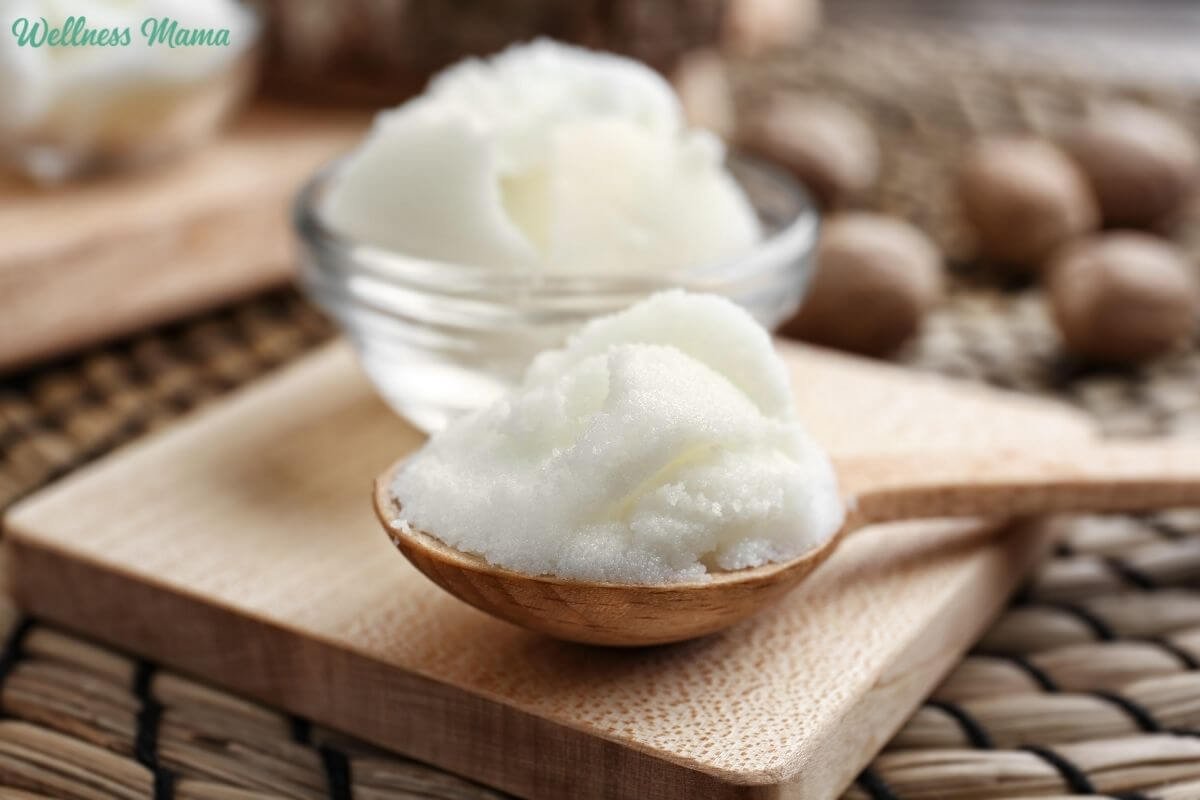
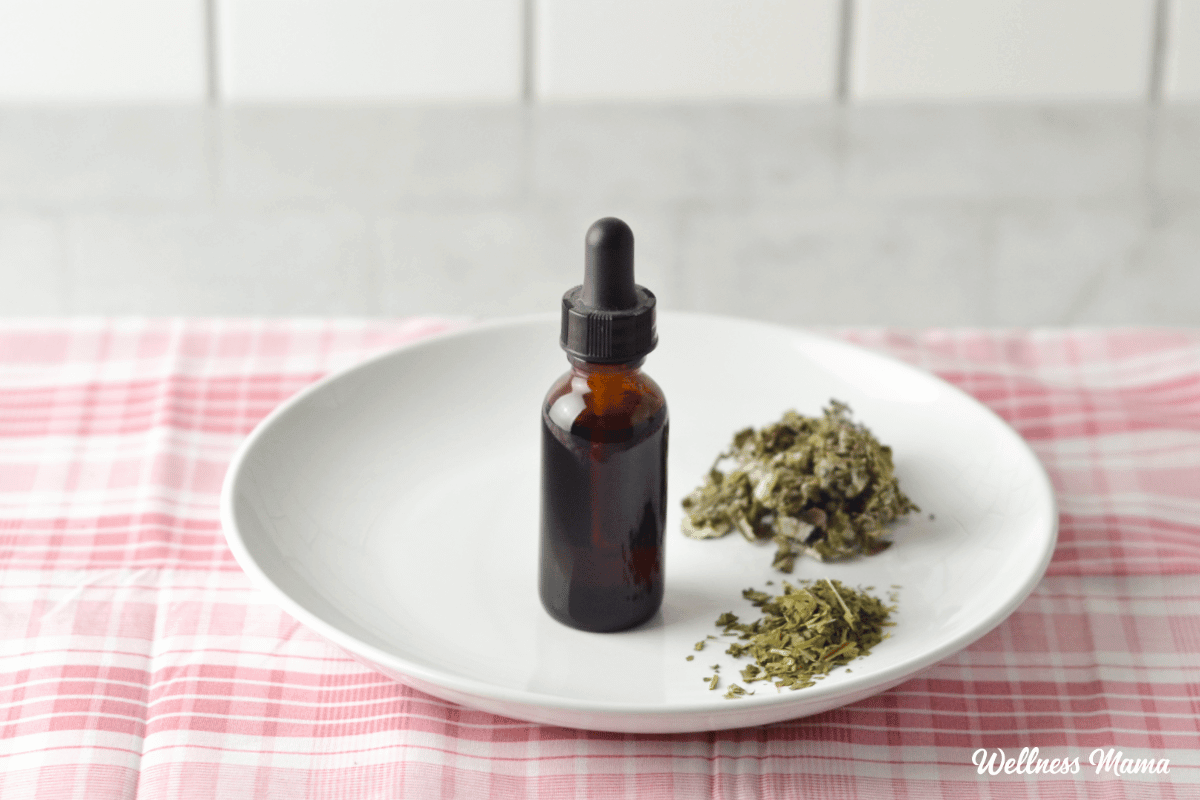

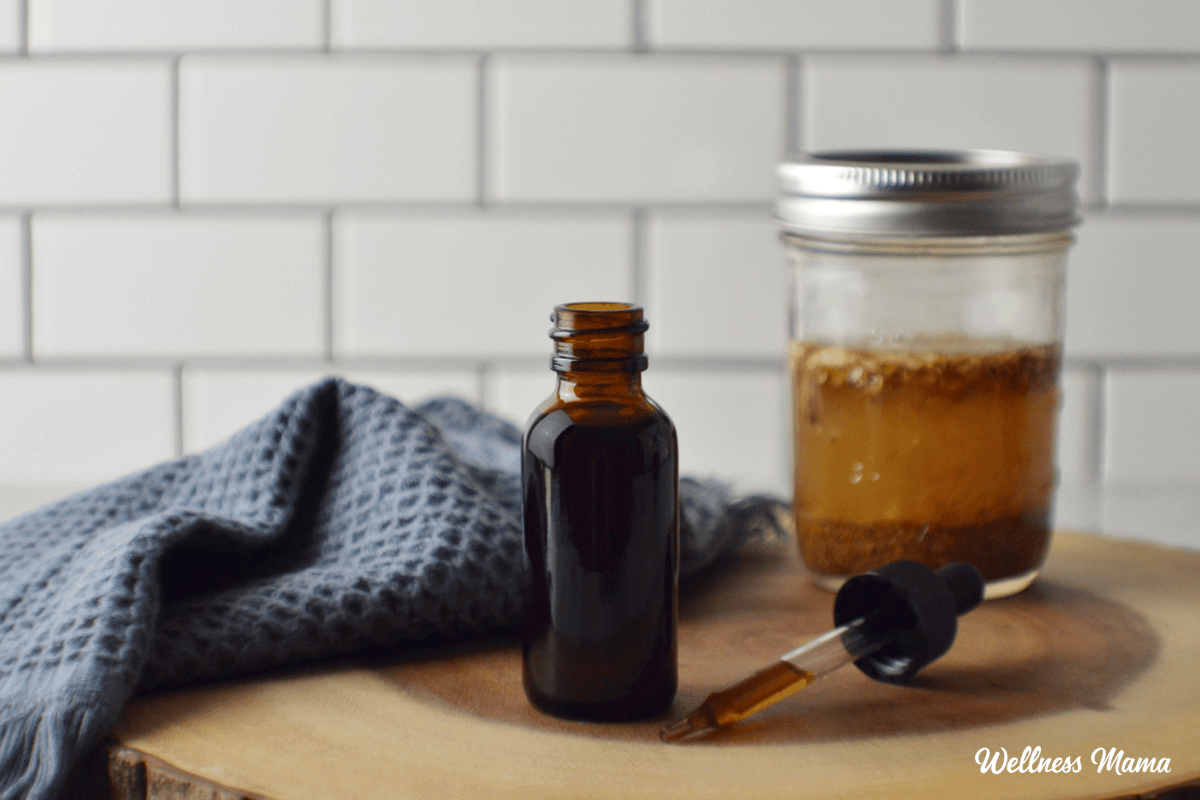



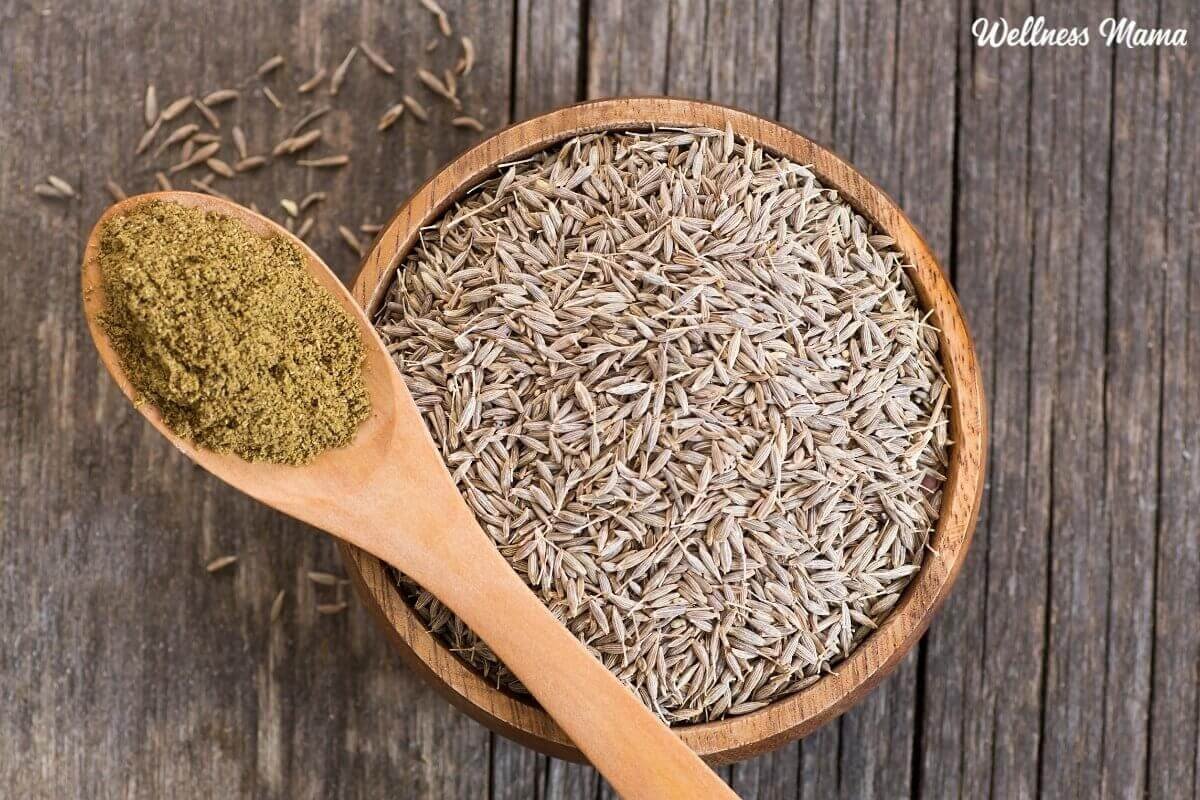



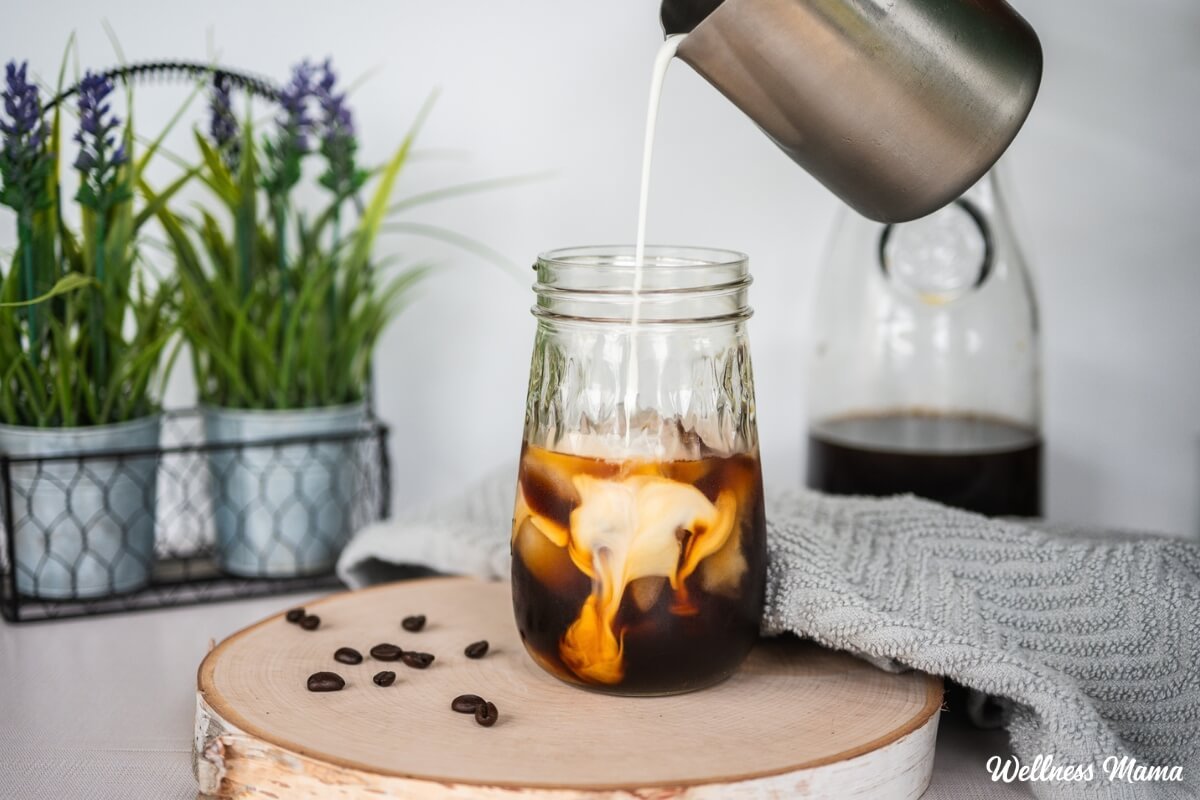
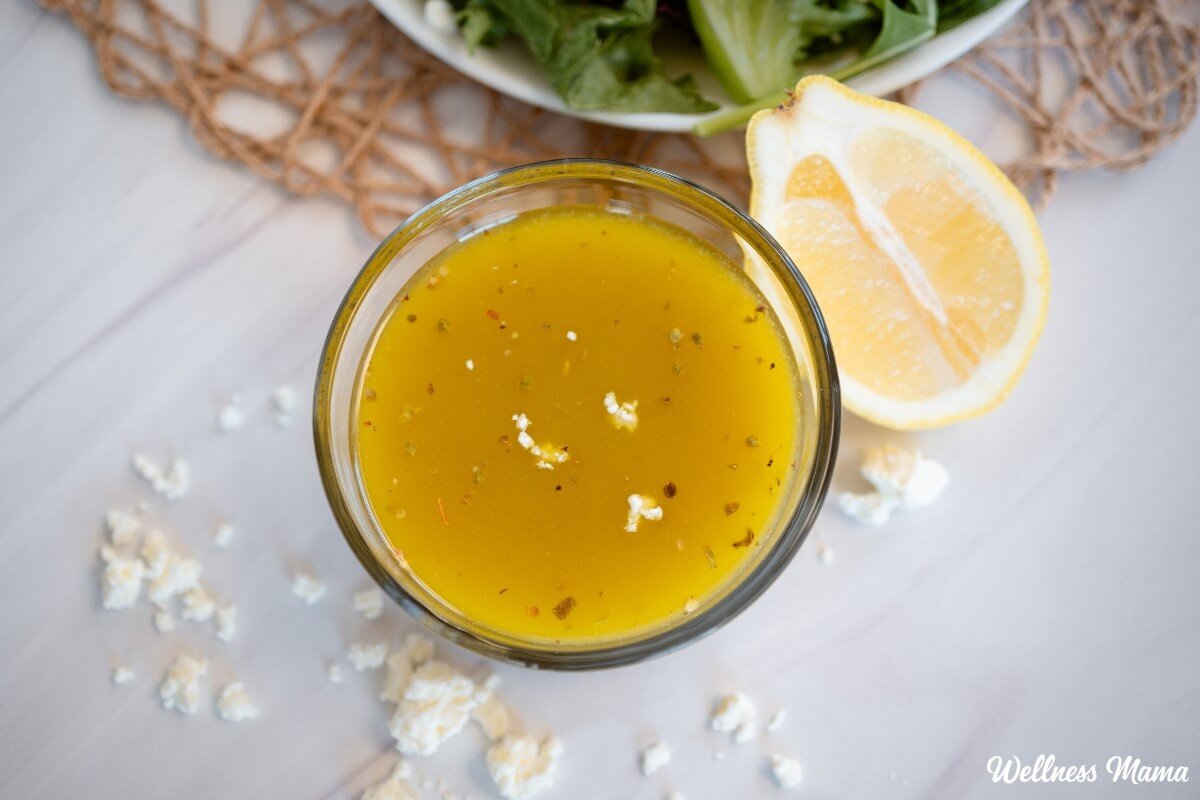
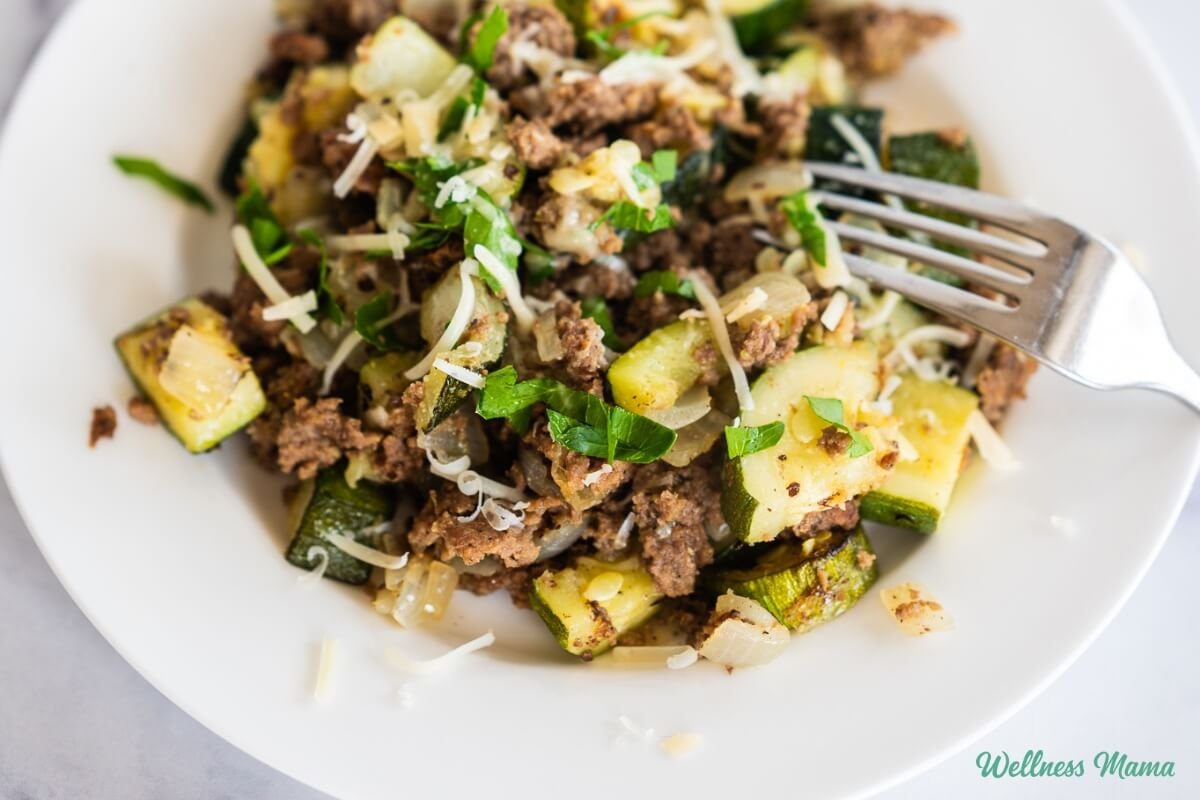
Leave a Reply